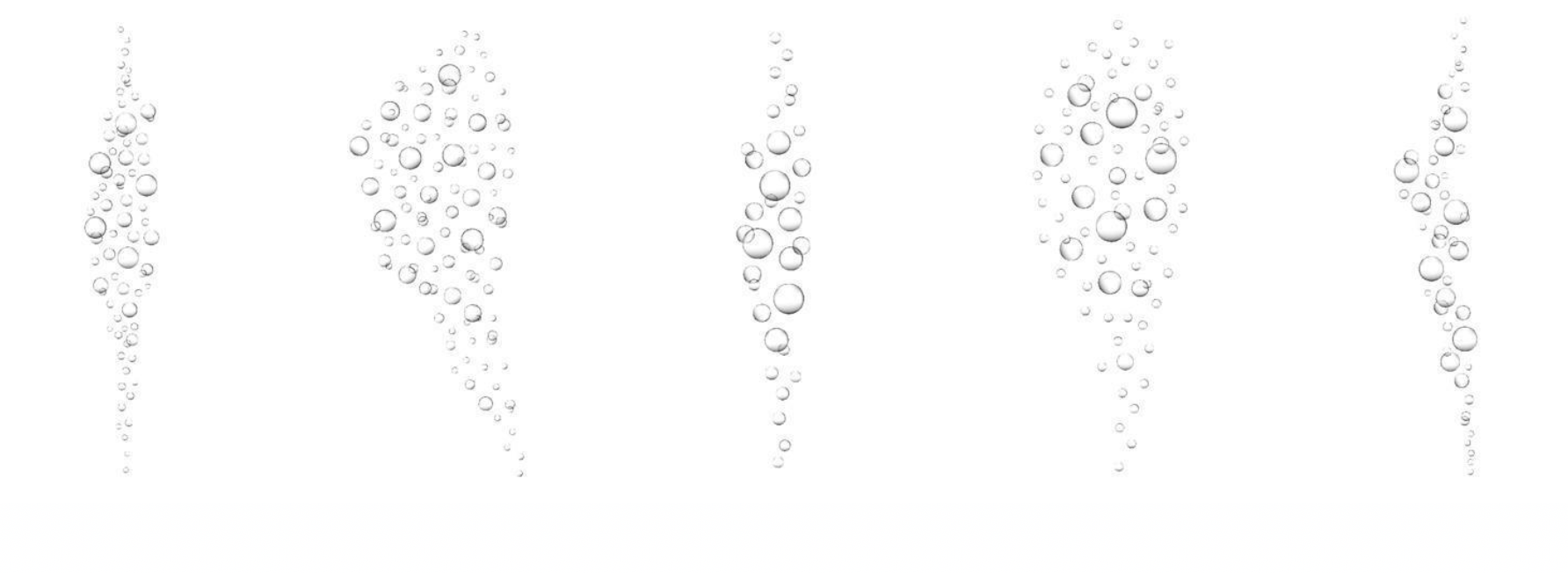
2021.04.30
How to Choose Suitable Pressure Regulator
SHARE
MORE DETAIL
Whether you are replacing an existing regulator or starting a new project, having answers to the following questions will help us provide you with the appropriate regulator.
1. What are the normal supply and regulated pressures?
All regulators have a maximum supply pressure. The spring range selected for output pressures should be based on the desired regulated pressure range. The output pressure setting should be in the middle of that spring range for best results.
2. What media is being used? Air, oxygen, inert gases, natural gas, etc.
Different types of media (other than air) may require special materials for wetted components.
3. Do you have specific port sizes that are needed?
Picking a port size for a new project should not be the determining factor, but if you are replacing an existing valve, it is important to know the correct thread size.
4. What are your flow volume requirements?
It must be determined how much air flow capacity is required by the application. As flow reaches maximum capacity of a regulator, performance characteristics can change. Droop, accuracy and sensitivity can be affected by flow.
5. Are there exhaust capacity requirements?
In some applications such as force counterbalance, quick and rapid movements of air cylinders might require a large amount of air to be displaced from the cylinder and back through the regulator as exhaust.
6. Do you have any special environmental requirements?
Is the regulator being used in a hazardous environment? Is it going to be exposed to corrosive materials ie. Salt water/air, wash down bleach and water?
7. Does your application go through large or small scale pressure changes?
For applications with small scale pressure changes, that require accurate and repeatable pressure adjustments, a precision regulator maybe required. For large pressure changes, with lower accuracies, a general purpose regulator may be adequate.